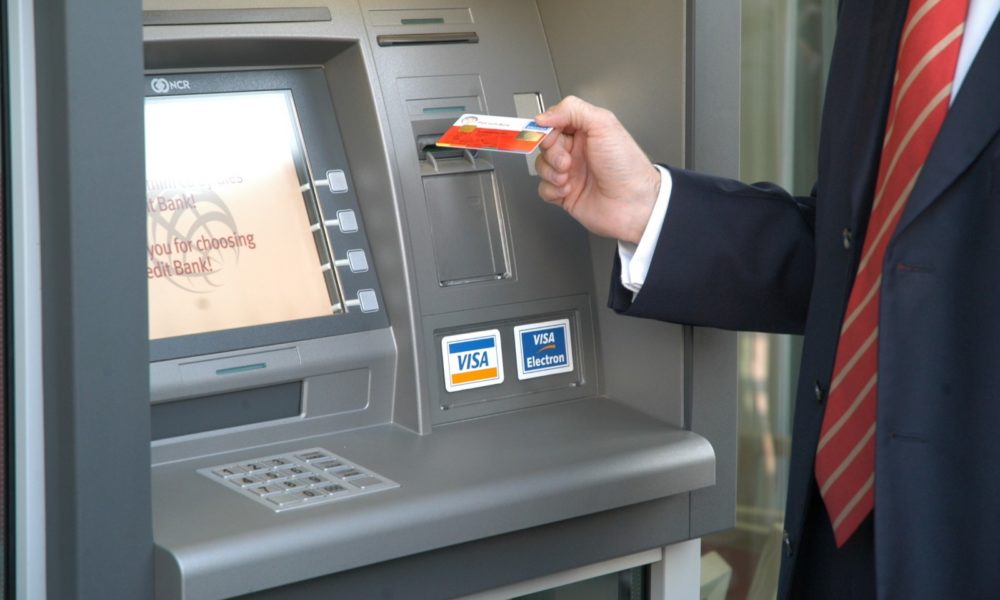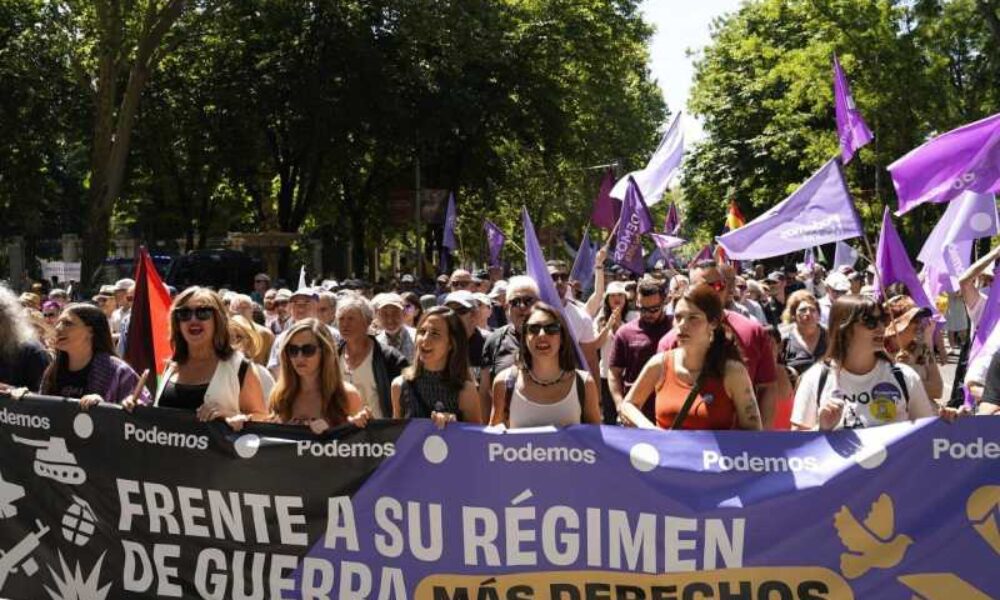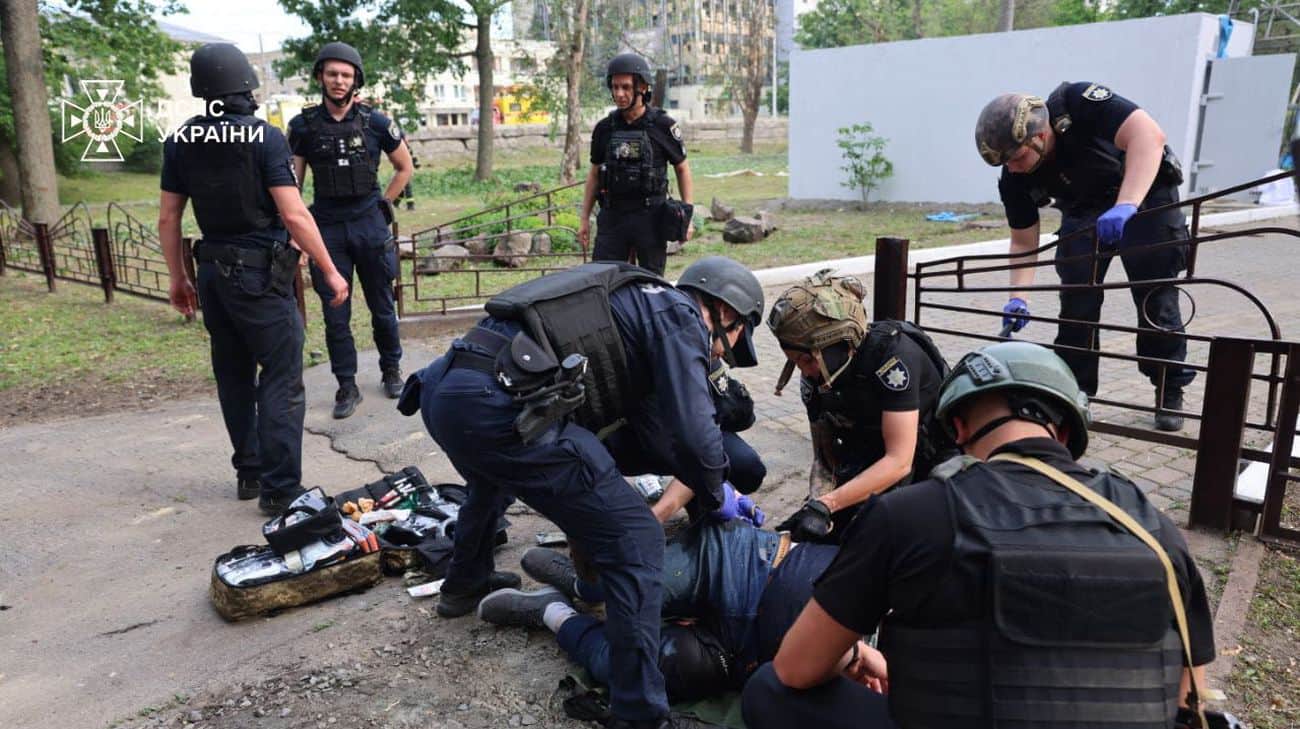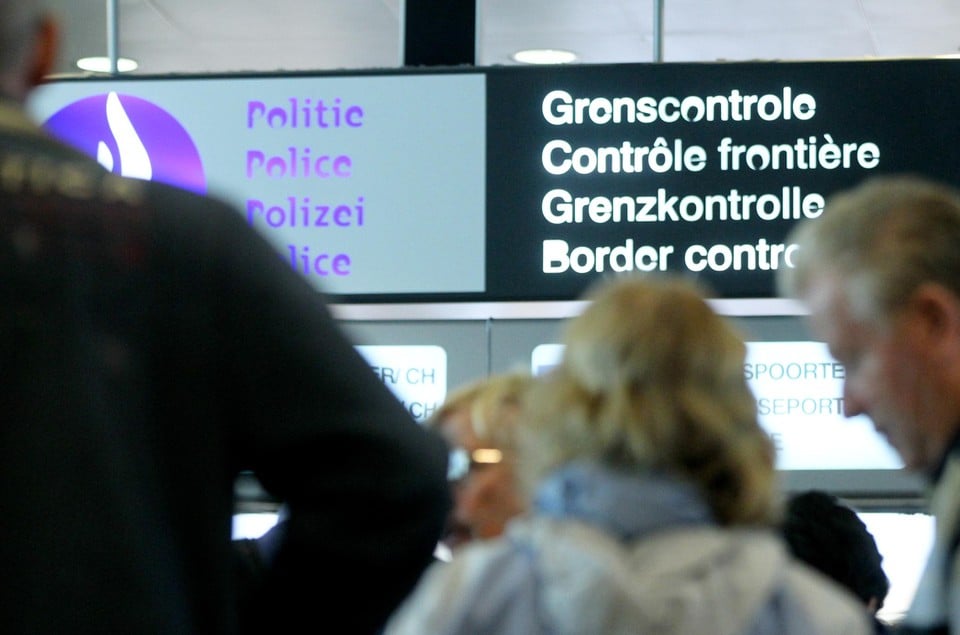New rules for withdrawal of money from ATM

The rules for issuing cash in Russia will change from September 1. If the bank considers that the transaction is suspicious, the customer will be granted no more than 50 thousand rubles (approx. 2700 lei) per day, and the card will be frozen for 48 hours.
For some citizens, an even stricter limit will be introduced: they will not be able to withdraw more than 100 thousand rubles per month. These and other restrictions are specified in the new law on the control of telephone and online fraud. Russian journalists from 74.ru It details what all this means, who will be affected by restrictions, how it will work and what to do if you have to withdraw a large amount.
Why were cash withdrawals limited
Phone and Internet fraud in Russia has reached unprecedented proportions. The number of victims is estimated at hundreds of thousands, the damage is billions, and the dynamics are not encouraging. According to the Central Bank of the Russian Federation, ÎN 2024, the scammers stole 27.5 billion rubles from the Russian bank accounts. This is 1.7 times more than in the previous year. Most often, the criminals made scams using payment cards – more than 822 thousand transactions.
Not by chance the new law « Regarding the creation of a state information system for combating crimes committed with the help of information and communications technologies » has quickly passed all the necessary stages. The project was submitted to the State Duma in mid -February, and on April 1 it was already signed by President Vladimir Putin.
Cash is under fire
Now, banks are obliged to monitor customers’ operations to withdraw money from ATMs and check if there are signs of fraud, attempts to withdraw money under the pressure of criminals and without voluntary consent. If the bank’s specialists (or rather special anti -fraud programs) consider the questionable operation, will not issue more than 50 thousand rubles per day. The limit will be in effect for 48 hours. The client must be immediately informed about the reasons for the restrictions.
The law does not specify what specific transactions can come in suspicion. The central bank should draw up a list of signs and provide recommendations to credit institutions. Most likely the regulatory authority will act in a similar way to transfers and so-called Cooling period .
Then the central bank of the Russian Federation identified six signs that banks should pay attention:
- The recipient’s account is in the database of fraudulent accounts of the Russian Bank;
- An atypical transaction for the client was identified (in terms of transfer value, frequency, time and place of execution);
- The transfer of funds takes place from a device that has been used previously by fraudsters, and the information about it is in the database of the regulatory authority;
- The accounts have already been subject to fraudulent transactions;
- The bank received information that a criminal case was opened against the beneficiary of the funds;
- Other organizations have provided the bank to data on suspicious transactions.
Special restrictions will apply to those who have already been victims of fraud (the central bank has such a database). In order to protect the new attacks of the criminals, these citizens will be granted the strictest limit – not to withdraw more than 100 thousand rubles per month.
« The usual customers will not even notice the innovation »
Statistics show an increase in fraudulent transactions. Therefore, the introduction of new restrictions should contribute to reducing the number of such crimes and to protect the funds of citizens, experts noted.
« The new law aims to protect against fraudsters who use social engineering methods. Atypical transactions, such as withdrawing large amounts at night or in another city, can raise suspicions, » said Valery Tumin, a member of the Digital Economy Development of the Economic Policy Committee. – It is important to note that these measures do not aim to restrict the use of cash or cash payments. They are designed exclusively to improve the security of financial transactions and to protect citizens from fraudulent activities. The state continues to work on creating methodological recommendations for credit and financial institutions, as well as improving the financial literacy of the population, this contributes to strengthening confidence in the banking system and the security of the personal funds of the citizens.
There is no talk of a mass ban, says Anatoli Aksakov, the chairman of the State Duma Committee for Financial Markets.








